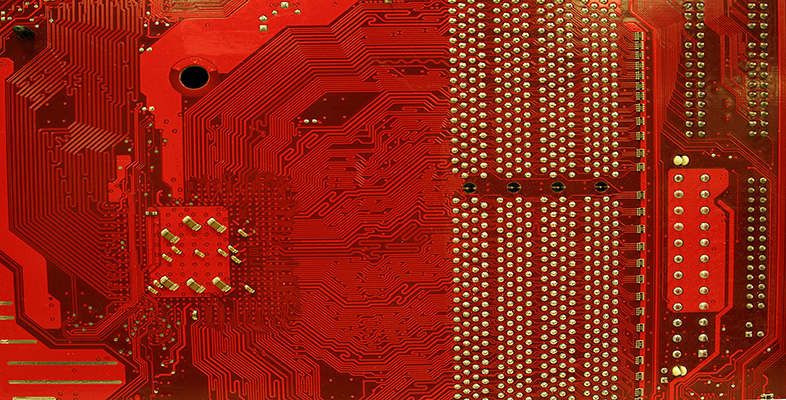1.1.1 Why build artificial creatures?
Or, in the case of the mythical creations I considered above, why imagine them being built? It's obvious that most of the examples I found were seen by their makers, and probably by the public too, simply as curiosities. One reason for building such lifelike machines, then, would have been to amuse, amaze, and milk money from the credulous – as in the case of the chess automata, or the talking heads. Another intention must surely have been to show off the skill and craftsmanship of the maker and thus to win aristocratic favour – Vaucanson's work is the obvious example of this. But I think we can also see two other clear purposes.
- Firstly, humanity has always seen the potential for lifelike automata as tools. Imaginary creatures such as the Golem and Talos were protectors. Robots have always been imagined as humanity's servants, carrying out tasks humans are unwilling to do, and often with greater strength and dexterity than we ourselves could muster. Humans have been called 'tool-building animals'. Like every attempt to find a quality that uniquely defines humanity, this definition breaks down on closer inspection. Nevertheless, it is true that humans are by far the greatest tool builders in nature. The vision of the human-like machine is often simply a vision of another, powerful tool.
- Secondly, the more serious builders of automata – again, Vaucanson is a prime example – saw themselves as conducting significant investigations into the nature of life itself. Vaucanson himself claimed that he was using methods that were 'copied from Nature', and there was much debate at the time about whether the new technologies helped to illuminate the gap between machines and living things. I'll return to this last point later.
